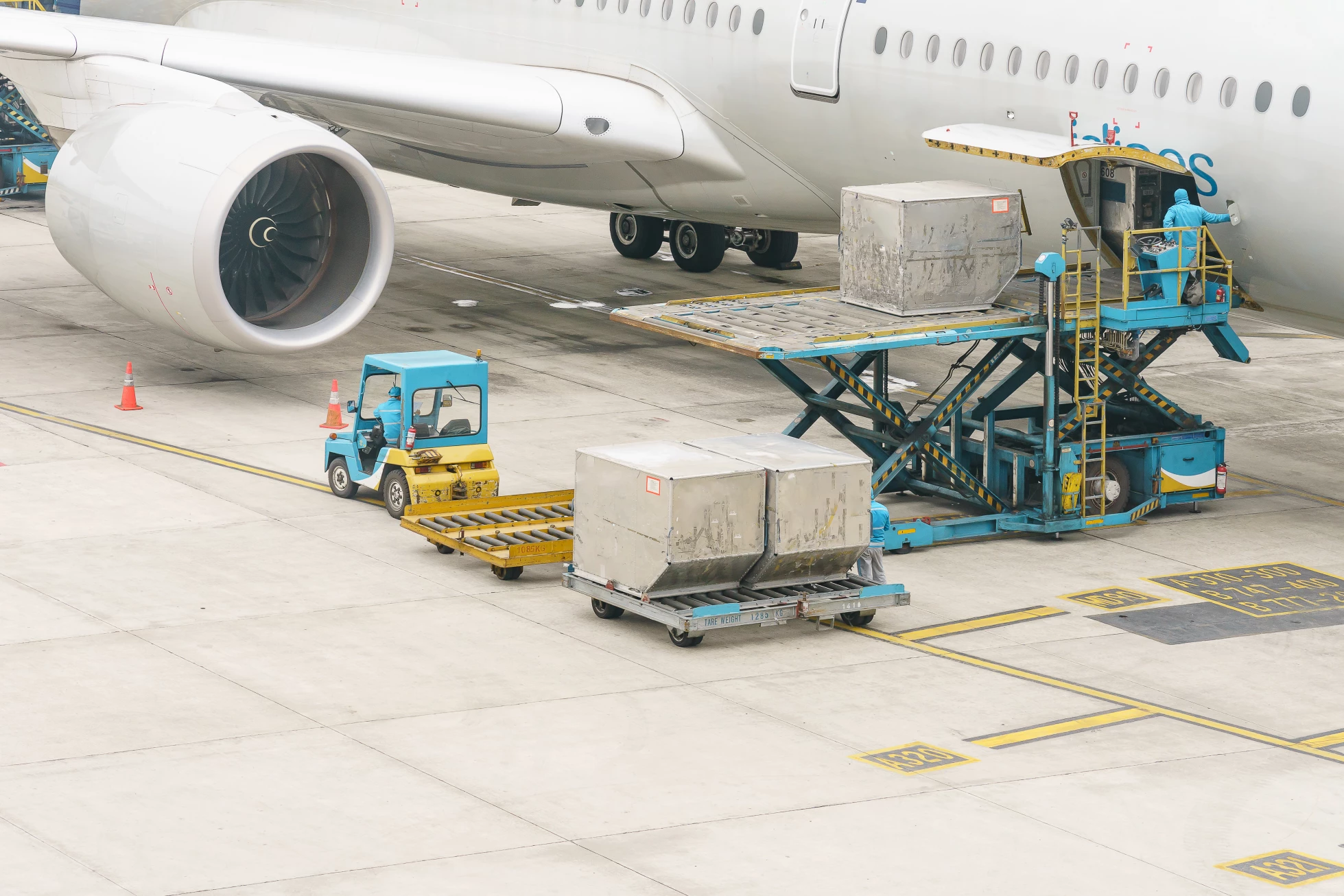


Vietnam’s Air Freight Industry Shows Strong Potential Despite Pandemic
The global air freight industry has been suffering from low capacity due to border closures caused by the pandemic and external factors such as the Russia-Ukraine conflict. However, Vietnam’s air freight industry, surprisingly, shows signs of a fast recovery and immense growth potential.

Aviation is one of the key factors behind Vietnam’s economic growth. According to the International Air Transport Association (IATA), the air transport sector has created over 2.2 million jobs and contributed to an estimated US$12.5 billion to Vietnam’s GDP.
Air transport has facilitated Vietnam’s tourism, exports, and FDI to thrive in the last decade.
As global demand for international shipment by air soars, Vietnam’s air freight industry has become a hot spot for large-scale investments. Here, we examine the air freight industry as well as the challenges and growth potential of the industry.
The current state of the air freight industry
As of March 2022, Vietnam’s domestic market had six airlines currently operating an average of 55-60 domestic routes connecting Hanoi, Da Nang, and Ho Chi Minh City, according to the Transport Ministry. Currently, there are 19 airports in the country that connect inter-regional and intra-regional routes.
The Civil Aviation Authority of Vietnam (CAAV) stated that while the pandemic took its toll on the air passenger transport market, with a dip in international flights of up to 93 percent in 2021, international air freight still witnessed a dramatic surge of over 21.3 percent compared to 2020.
In the first quarter of 2022 (Q1/2022), the domestic cargo volume reached approximately 98,000 tons (down 5 percent over the same period in 2021), and international cargo volume reached around 292,000 tons (up 21.1 percent over the same period in 2021).
As Vietnam positions itself as a manufacturing powerhouse, its exports are increasing particularly to the US, which has further boosted demand for air freight in recent years.
Despite a growing demand for air freight both domestically and internationally, Vietnam is yet to have a dedicated airline for cargo transport. There were only commercial passenger airlines that incorporated cargo transport to make up for losses during the pandemic.
During the pandemic, national carrier Vietnam Airlines utilized 12 wide-body aircraft to carry cargo in passenger and belly compartments while removing the seats of narrow-body aircraft to carry goods.
Potential for development
Vietnam has been linked as an ideal China plus one destination for the manufacturing and exports of electronics, textile and garments, and others, with substantial investment from large firms including Samsung, Nike, and Foxconn.
The country is also renowned for exporting agricultural products, which generated a total export turnover of approximately US$25.5 billion in 2019. Although air transport only accounted for 0.2 percent of the total volume exported, it generated up to 25 percent of the export value of agricultural products.
Thus, air transport plays a pivotal role in Vietnam’s export of various products.
According to the Ministry of Transport, Vietnam’s participation in the ‘ASEAN Open Skies’ – an agreement that took effect in 2015 on the elimination of fare control, capacity restriction, and frequency restriction on regional flights – has helped create a favorable environment for the growth of air freight industry in the region, particularly for Vietnam.
In the 2022-2023 period, thanks to Vietnam’s socio-economic recovery and development program, aviation enterprises can enjoy a 2 percent interest rate on loans from commercial banks and a 50 percent reduction in environmental protection tax.
Challenges facing Vietnam’s air freight industry
Experts have identified the biggest challenge in developing Vietnam’s air freight industry is that the infrastructure and logistic service have failed to meet current demand, leading to soaring logistic costs.
Dr. Hoang Ha – former Director of the Science and Technology Department, Ministry of Transport, emphasized his concern over the establishment of transport airlines given the current infrastructure of airports.
The operation of too many airlines may lead to lower flight safety and even congestion at airports since the current infrastructure and technology may be unable to handle increasing density. Therefore, the development of air freight must go hand in hand with investments in modern equipment and infrastructure.
Apart from the two international airports, Tan Son Nhat and Noi Bai, which possess high-capacity international warehouses and standardized equipment, most other airports have yet to invest in the automation and synchronization of warehouse infrastructure and transportation.
Meanwhile, the under-development of the road system also disrupts the connection between localities and local airports, which extends transport times affecting the quality of goods.
However, efforts are being made to tackle the challenges facing the air freight industry. According to Vu The Phiet, General Director of Airports Corporation Vietnam (ACV), ACV is working on the development plans for the infrastructure at various airports, including Cam Ranh, Da Nang, and Can Tho airports, to satisfy the growing demand for goods transportation.
Another factor that hinders the growth of Vietnam’s air freight industry is a lack of well-trained human resources, in parallel with a shortage of staff. According to a report by the Vietnam Logistics Business Association, the logistics industry currently lacks about 2 million employees.
Besides, skilled labor is lacking as over 80 percent of the labor force in logistics is trained through working on the job while only 23.6 percent participate in training courses, according to the National Economics University.
This gap in human resources for logistics as a whole, and particularly for the air freight industry also presents an investment opportunity as investors can offer specialized training programs to provide high-quality terminal workers and crew members for cargo transport.
**Source: Vietnam Briefing


